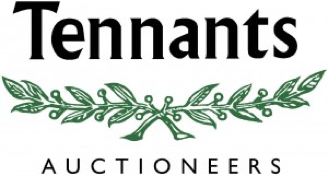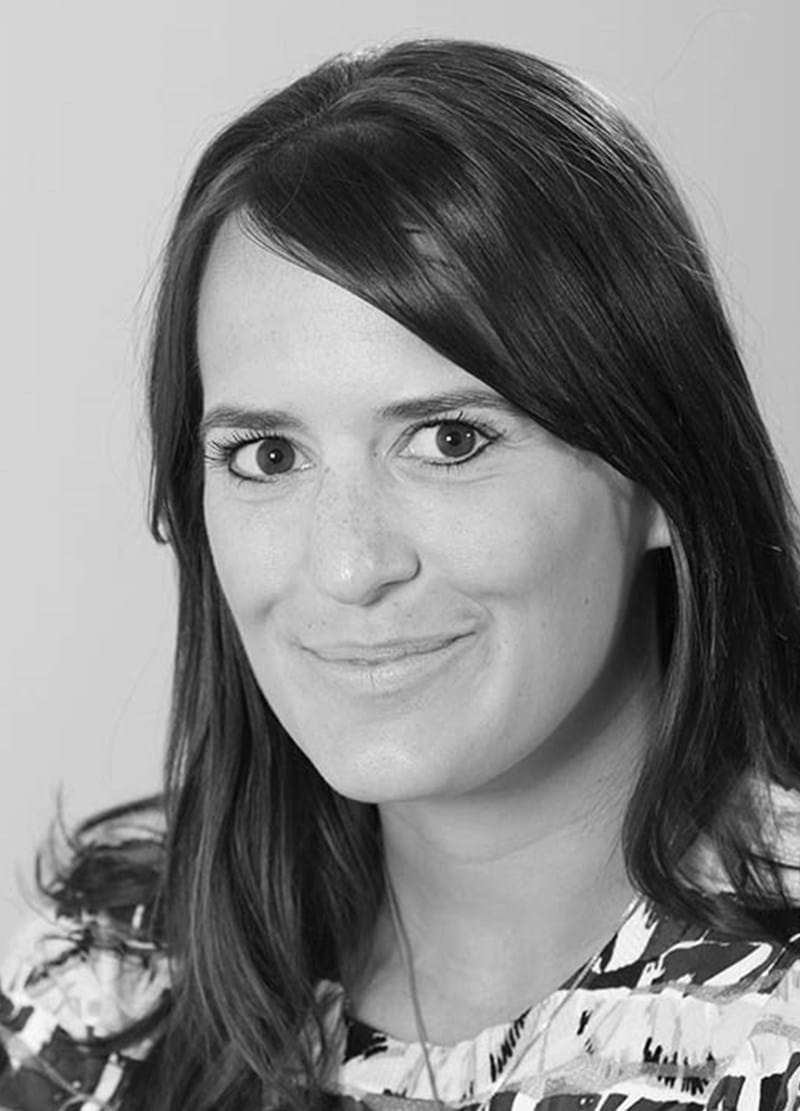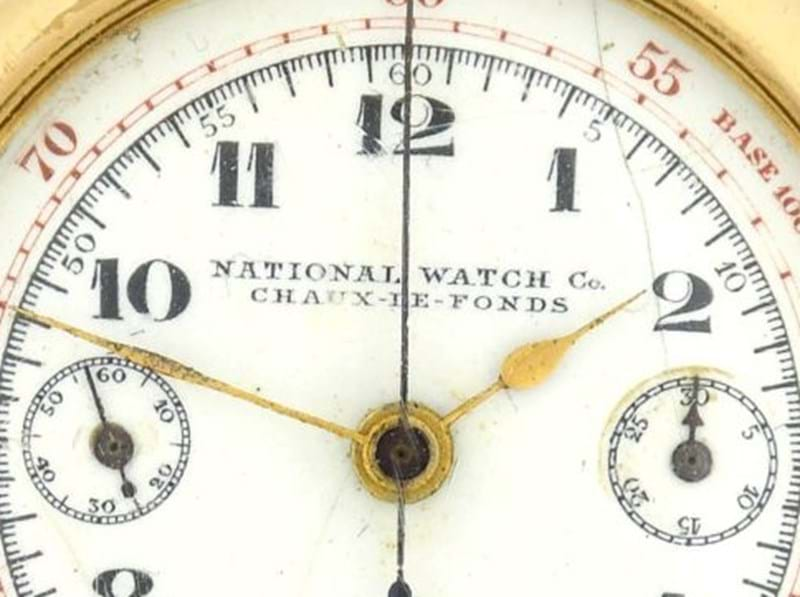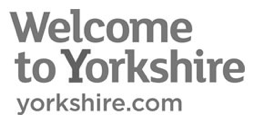Elisabeth Frink is one of the most acclaimed British sculptors of the 20th Century, best known for her large-scale bronze public commissions. However, she was also a prolific and dedicated printmaker, translating the predominant themes of her sculpture into two-dimensions.
Frink was born in Suffolk and spent much of her early childhood living adjacent to a RAF Airbase. During the early years of the Second World War, Frink witnessed first-hand bombing raids and injured servicemen, experiences that would be reflected in her work throughout her career.
Frink’s father was in the Army, and it was during a trip to visit him whilst stationed in Trieste that she first encountered sculpture. The teenage Frink was taken to Venice, where she fell in love with Renaissance sculpture; indeed, it is possible to see the iconic Byzantine bronze horses on the loggia of St Mark’s Cathedral, with all their naturalism and dynamism, reflected in Frink’s later equine works.
After a spell at the Guildford School of Art, Frink attended the Chelsea School of Art from 1949 to 1953. Following her graduation, Frink became part of the ‘Geometry of Fear’ group of British Post-War sculptors, alongside the likes of Eduardo Paolozzi. During her first solo exhibition in 1952 at London’s Beaux Arts Gallery, the Tate purchased ‘Bird’, a deeply textured, angular and foreboding piece that encapsulated the horrors of war.
The majority of Frink’s artistic output, both in bronze and in print, revolved around central themes of her love for the natural world, particularly dogs, birds and horses, and the male form. Rarely depicting female figures, instead she “focused on the male because, to me, he is a subtle combination of sensuality and strength with vulnerability” (Frink, 1984). Indeed, the male form represented both the romanticised notion of a hero soldier, inspired by her father, and the violent realities of war that she experienced as a child.
Horses held a particular fascination for Frink; her father was an amateur jockey, and she herself rode from a young age. As with all her depictions of the natural world, Frink depicts the spirit of a horse, distilling the essence of her subject onto paper using simple forms rather than extraneous naturalistic detail. Often paired with male figures, she explored the relationship between man and horse.
Frink was made a full Academician in 1979, and the Royal Academy held a major retrospective of her work in 1985. However, in the early 1990s she was diagnosed with cancer. A new spirituality entered her work as she came to terms with her own mortality. Central to this shift was the image of the Green Man, an ancient symbol of the cycle of life, particularly rebirth, fertility, and Spring, which she represented in both bronze and print.
A small Private Collection of prints by Elisabeth Frink are coming up for sale in the Modern & Contemporary Art Sale on 9th October.
View Sale Details


















